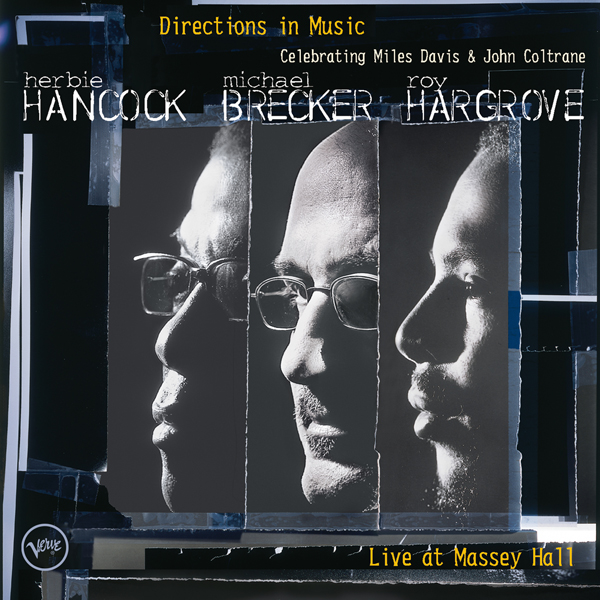
Herbie Hancock, Michael Brecker, Roy Hargrove – Directions in Music: Celebrating Miles Davis and John Coltrane ‘ Live at Massey Hall (2002/2015)
FLAC (tracks) 24 bit/192kHz | Time – 01:18:23 minutes | 2,1 GB | Genre: Jazz
Official Digital Download – Source: Qobuz | © The Verve Music Group
Recorded live at Massey Hall, Toronto, October 25, 2001. Digitally editited at Wonderland, Nyack, NY, Jan. 27, 28 and Feb. 1, 3, 4, 2002. Mixed at Avatar Studios, New York, Feb. 6, 7, 2002. Mastered at Sterling Sound, New York, Feb. 15, 2002.
A double-milestone year for jazz, 2001 marked the 75th anniversary of the births of both Miles Davis and John Coltrane. With that in mind, Herbie Hancock went on tour with a quintet modeled after his V.S.O.P. bands of the ’70s and ’80s and the Tribute to Miles band of the ’90s, which in turn were modeled after the 1965-1968 Miles Davis Quintet. The question this disc proposes: Can you go home yet again? Hancock preferred to dodge that one, saying that he was attempting to push the music onward in the Davis/Coltrane spirit of adventure rather than play for nostalgia. But essentially, despite the often unblinkingly hard-nosed soloing and the sometimes radical reworking of the old tunes, the conception of this idiom is that of Miles, and Michael Brecker’s often brilliant, searching tenor sax work owes its soul to the example of Trane. Although the quintet’s Los Angeles gig on October 11, 2001, was rather disappointing, the Toronto concert recorded here was a big improvement, with two weeks of roadwork evidently having the desired tightening effect. Though Hancock’s piano gradually became more abstract and disconnected with its surroundings over the years, here he is in touch with his colleagues. Brecker provides the most fervent individual statement with an unaccompanied rendition of “Naima” that amounts to a virtual encyclopedia of tenor saxophone technique. Roy Hargrove does a serviceable job on trumpet and flügelhorn, trying to fill some heavy shoes, and as accomplished as the rhythm team of John Patitucci (bass) and Brian Blade (drums) is, you miss the irreplaceable combustion of Ron Carter and especially the late Tony Williams (compare the original Davis recording of “The Sorcerer” with this inward, less dynamic, less driving version). The most strikingly reworked cover tune is a slow, drawn-out, mournful take on “Impressions,” almost an elegy for Coltrane, and Brecker delivers the eulogy with fire in the belly. There is new material from Hargrove (“The Poet”), Brecker (“D Trane”), and the three headliners (“Misstery”), none of which expands much beyond the parameters of the Davis and Coltrane models. While this quintet does not kick over old boundaries, it does make good, uncompromisingly intelligent music. -Richard S. Ginell, AllMusic
True jazz enthusiasts are often purist by nature. So most of them tend to entertain remakes and tribute documents with a certain amount of trepidation. But enthusiasts and purists alike need not be concerned about the Hancock/Brecker/Hargrove document, Directions in Music: Celebrating Miles Davis and John Coltrane ‘ Live at Massey Hall.
From the downbeat of the opening tune, “The Sorcerer,” Herbie Hancock reminds us why he was and is one of the most sought after pianist in the genre. His deftness, technique and mastery of the instrument and the music holds this group together with the same quality that earned him attention while a sideman for Miles Davis in the ’60s. He masterfully connects together this group’s form, and its opening sets the tone for the whole recording.
Whereas some don’t consider Michael Brecker to be at the forefront of the classic jazz idiom, his presence on this record is no aberration. He definitely shines in a solo rendition of Coltrane’s “Naima.” He proves, that his study of the master tenor man’s style has influenced his greatly. His own contribution to the project entitled, “D-Train,” is a fifteen-minute epilogue. It meanders through different time signatures while holding steady to its defining rhythm. Herbie Hancock does some of his best work on the recording in the improv section.
The young lion in the project is Roy Hargrove. The ever-emerging Grammy award-winning trumpeter continues the line of great players that spun the likes of Miles Davis. From is his first solo on “The Sorcerer,” where he begins his playing away from the microphone and hits you with an unyielding fury of notes and sound, he entrances the listener. Hargrove’s compositional contribution, “The Poet,” is an obvious attempt, and by his own admission, to make use of space in the music— which happens to be a Miles Davis trademark. And like Davis, he seems to be searching for something in the music. His playing exemplifies his growth both as composer and soloist.
This record also works very well as a live recording. The instant audience feedback lends energy to shaping the music. This is where Herbie Hancock’s genius is most apparent in holding together the music. Drummer Brian Blades and bassist John Patitucci round out the rhythm section and fit in quite nicely. This ensemble did an excellent job of remembering, taking their influences and making the music their own. Directions in Music is certainly moving the music in the right direction. -Michael L. Nelson, All About Jazz
Few album titles are as draped in jazz history as Directions in Music: Live at Massey Hall. “Directions In Music” was a phrase stamped on truly epochal Miles Davis albums like In a Silent Way and Bitches Brew. Toronto’s Massey Hall was the site of what is generally regarded as the greatest jazz concert ever, the fabled 1953 meeting of Charlie Parker, Dizzy Gillespie, Bud Powell, Charles Mingus and Max Roach.
Documenting a tour whose marketing angle was Davis and John Coltrane’s 75th birthdays, Directions in Music is neither a signal event like the Davis albums, nor will it be inflated to historical proportions after the current media cycle. But pianist Herbie Hancock, tenor saxophonist Michael Brecker, trumpeter/flugelhornist Roy Hargrove, bassist John Patitucci and drummer Brian Blade create enough compelling music to prompt serious discussion about retaining the vitality of one era’s innovations when they become the standard operational procedures of the next.
Opening the set with Hancock’s “The Sorcerer,” first recorded on the Davis album of roughly the same name, brings the issue into focus. This reading is surprisingly typical of how the subtleties of the legendary quintet’s music have been supplanted by a balder form of brinkmanship. The original has an alluring suppleness, with Shorter innocuously stating the theme alone, before being joined by Davis, who then banters with the saxophonist. When the horns give way to Hancock, the pianist leavens elliptical lines with an even attack and sparse left-hand underpinning to create a daring and elegant statement. In sharp contrast, the tension is significantly ratcheted for the present version, as the theme is all but pummeled. The rhythmic flexibility pioneered by Ron Carter and Tony Williams blurs with turbulence in the hands of Patitucci and Blade, yet triggers a disarming intensity in the solos of Hancock, Hargrove and Brecker. While the finer points of the original may be lost in this interpretation, the palpable sense of risk-taking in the current version is adequate compensation, a fair exchange of values.
An amalgamation of similarly structured Davis and Coltrane classics, “So What/Impressions” employs another gambit sure to pique some purists. Using neither the easy gait of the Davis tune nor the relentless drive of the Coltrane, Hancock and company build on a groove seemingly plucked from a transitional Davis album like Filles de Kilimanjaro. The beauty of the two originals lay in their shared stripped-down harmonic movement and their respective emotional constancy, making them fail-safe devices for deliberative modal improvisation. But the new piece takes a far more dramatic arc, moving from offhanded groove-mining to searing heat, before finally dissipating with the restatement of the thematic materials. Again, much of the playing is gripping, fueled by an appreciable sparring-match spirit where each musician is prodding the others to take it to the next level. Yet there is little to link the piece to Coltrane’s legacy beyond his retooled theme and the flecks of his lexicon reflected in Brecker’s work. Though the piece’s swell, apex and ebb is patented late ’60s/early ’70s Davis, the rawest moments of “So What/Impressions” will be reflexively tagged as Coltraneish in some quarters, reinforcing a pervasive misreading of his legacy.
Coltrane extracted the ecstatic from a constant output of energy, a concept eluding so many of his interpreters, who remain fixated on building incrementally toward half-baked notions of a cosmic climax. There was no foreplay in works like “Mr. P.C.” and “Chasin’ the Trane,” no tease in “Ascension.” It was flat-out exultancy from beginning to end. The present quintet has the good sense to recognize this in its version of Coltrane’s too rarely heard “Transition.” There is unflagging energy and inventiveness as well as a refreshing concision in the solos by Hargrove, Brecker and Hancock. Throughout this sequence, Blade is primed for an explosive solo, but he is unfortunately tethered to a short statement that cues the concluding ensemble. Still, “Transition” is all-star jazz at its best, and a welcomed reassertion of a neglected aspect of the Coltrane legacy. The quintet neither plays it safe, which they arguably do on Kurt Weill’s “My Ship,” nor attempts to reinvent the wheel, which Brecker does with mixed results in his arch unaccompanied take on “Naima.”
The bottom line is that Hancock, Brecker and Hargrove take real risks in the program, and some of them pay off handsomely. At an earlier point in their respective careers, such risks, regardless of results, would earn them praise. Perhaps they should be praised even more for taking them now. -Bill Shoemaker, JazzTimes
Tracklist:
1 The Sorcerer 8:53
2 The Poet 6:35
3 So What/Impressions 12:51
4 Misstery 8:16
5 Naima 7:29
6 Transition 10:26
7 My Ship 8:40
8 D Trane 15:09
Personnel:
Herbie Hancock, piano
Michael Brecker, tenor saxophone
Roy Hargrove, trumpet, flugelhorn
John Patitucci, double bass
Brian Blade, drums
Download:
mqs.linkHerbieHancckMichaelBreckerRyHargrveDirectinsInMusicLiveAtMasseyHall200219224.part1.rar
mqs.linkHerbieHancckMichaelBreckerRyHargrveDirectinsInMusicLiveAtMasseyHall200219224.part2.rar
mqs.link_HerbieHancckMichaelBreckerRyHargrveDirectinsInMusicLiveAtMasseyHall200219224.part3.rar

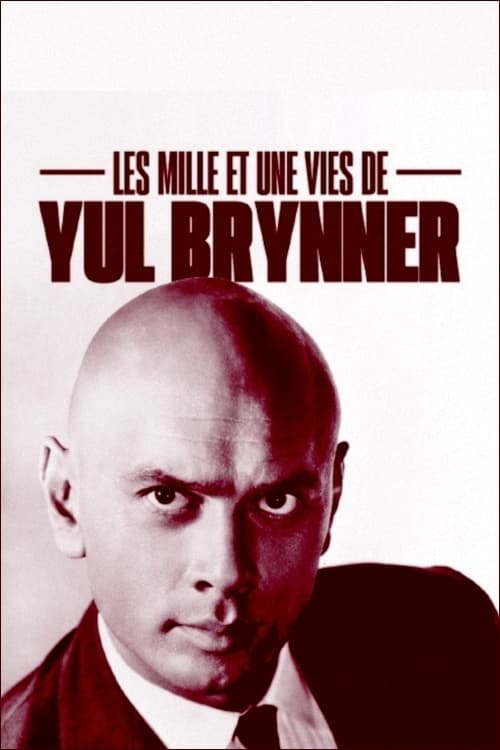

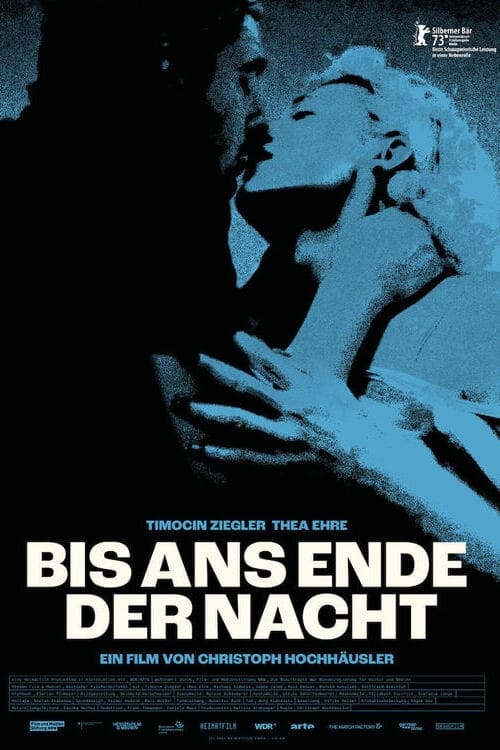
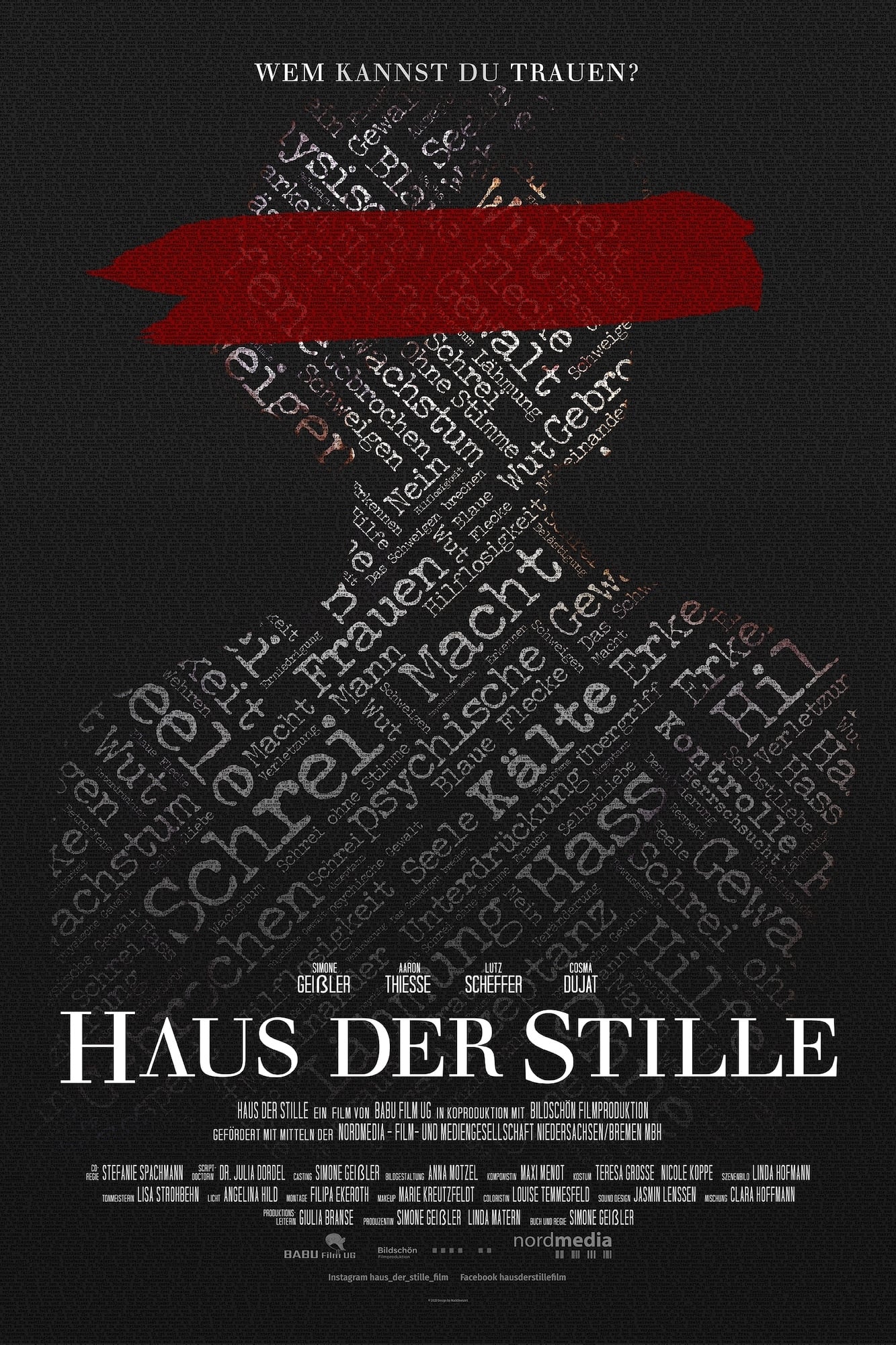


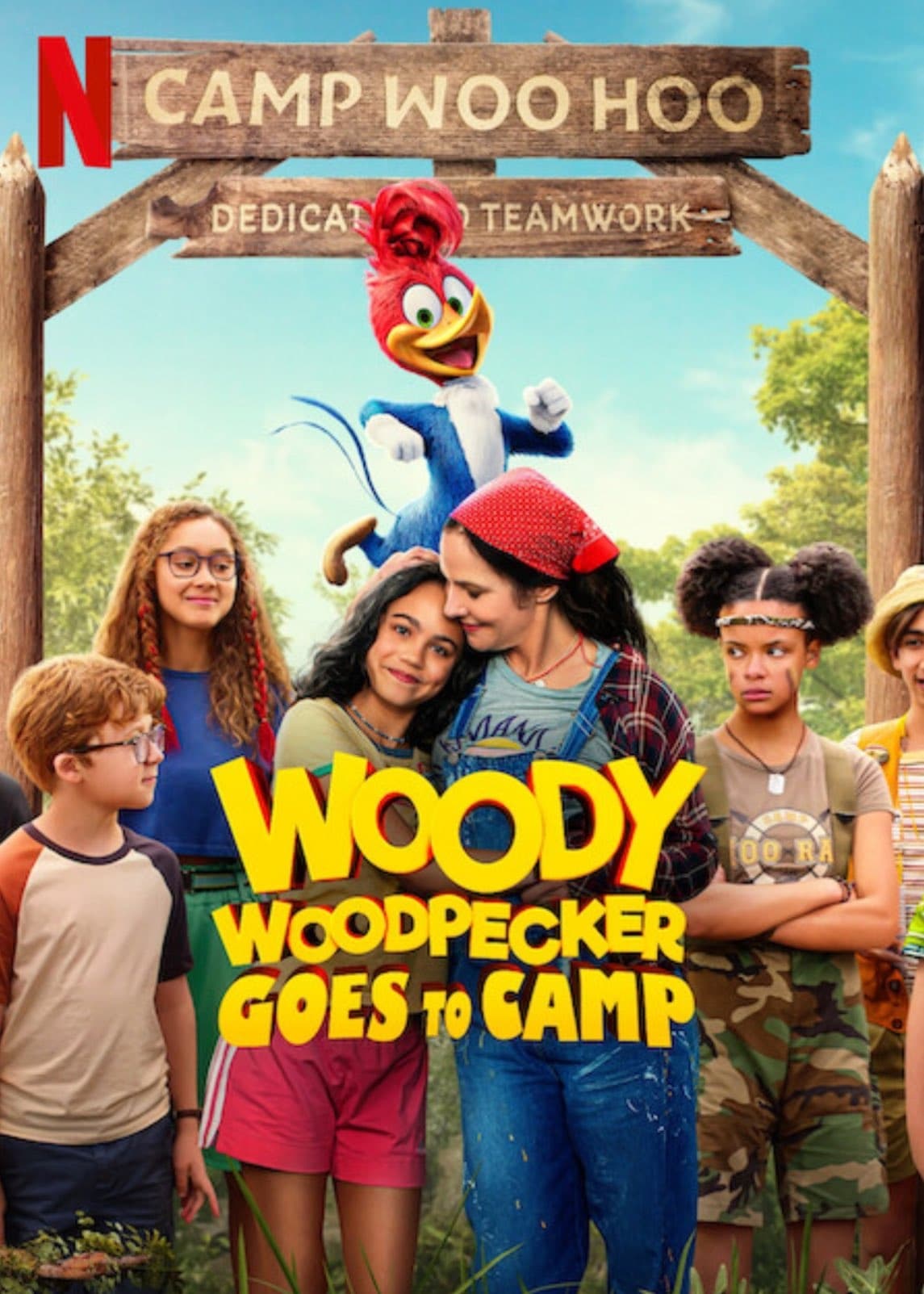


![Herbie Hancock - Empyrean Isles / Maiden Voyage (1964/65/2015) [Blu-Ray Pure Audio Disc] Herbie Hancock - Empyrean Isles / Maiden Voyage (1964/65/2015) [Blu-Ray Pure Audio Disc]](https://getimg.link/images/imgimgimg/uploads/2015/11/kyebsek.jpg)
![Herbie Hancock - Gershwin’s World (1998/2015) [HDTracks 24bit/192kHz] Herbie Hancock - Gershwin’s World (1998/2015) [HDTracks 24bit/192kHz]](https://getimg.link/images/imgimgimg/uploads/2015/11/EltwSzG.jpg)
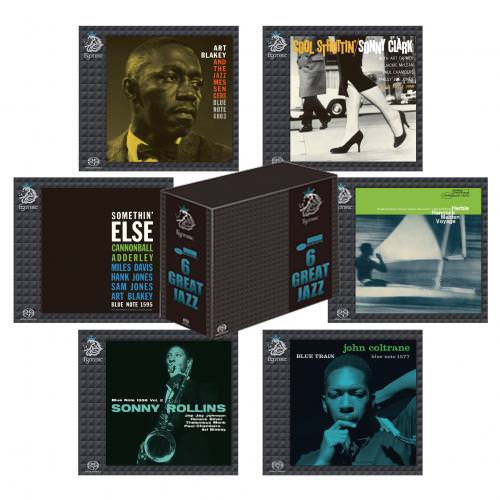
![Roy Hargrove - The Love Suite: In Mahogany (2023) [FLAC 24bit/96kHz] Roy Hargrove - The Love Suite: In Mahogany (2023) [FLAC 24bit/96kHz]](https://imghd.xyz/images/2023/11/20/sqqpp1u0cdltc_600.jpg)
![John Coltrane & Friends - Sideman: Trane’s Blue Note Sessions (2014) [HDTracks FLAC 24bit/192kHz] John Coltrane & Friends - Sideman: Trane’s Blue Note Sessions (2014) [HDTracks FLAC 24bit/192kHz]](https://getimg.link/images/imgimgimg/uploads/2016/06/qVObtqC.jpg)

![Miles Davis - The Complete Prestige 10-Inch LP Collection (2016) [Qobuz FLAC 24bit/96kHz] Miles Davis - The Complete Prestige 10-Inch LP Collection (2016) [Qobuz FLAC 24bit/96kHz]](https://getimg.link/images/imgimgimg/uploads/2019/01/abJIcXM.jpg)
![John Coltrane - Blue Train (1957/2015) [Blu-Ray Pure Audio Disc] John Coltrane - Blue Train (1957/2015) [Blu-Ray Pure Audio Disc]](https://getimg.link/images/imgimgimg/uploads/2016/06/jRY57nQ.jpg)
![Herbie Hancock - Monster (Expanded Edition) (1980/2016) [FLAC 24bit/192kHz] Herbie Hancock - Monster (Expanded Edition) (1980/2016) [FLAC 24bit/192kHz]](https://i.postimg.cc/mDj2NR63/00833631.jpg)
![Herbie Hancock - Mwandishi: The Complete Warner Bros. Recordings (1994/2016) [DSF DSD64/2.82MHz] Herbie Hancock - Mwandishi: The Complete Warner Bros. Recordings (1994/2016) [DSF DSD64/2.82MHz]](https://getimg.link/images/2022/05/22/00435ef4.jpg)

![John Coltrane - Coltrane ’58: The Prestige Recordings (2019) [FLAC 24bit/192kHz] John Coltrane - Coltrane ’58: The Prestige Recordings (2019) [FLAC 24bit/192kHz]](https://getimg.link/images/imgimgimg/uploads/2019/12/OEF1HFQ.jpg)
![Miles Davis - Workin’ With The Miles Davis Quintet (1959/2014) [HDTracks FLAC 24bit/44,1kHz] Miles Davis - Workin’ With The Miles Davis Quintet (1959/2014) [HDTracks FLAC 24bit/44,1kHz]](https://getimg.link/images/imgimgimg/uploads/2017/03/4vkHTO8.jpg)
![Herbie Hancock - River: The Joni Letters (2007) [HDTracks 24bit/96kHz] Herbie Hancock - River: The Joni Letters (2007) [HDTracks 24bit/96kHz]](https://getimg.link/images/imgimgimg/uploads/2015/11/002xx4k.jpg)
![Miles Davis - Miles Ahead (Original Motion Picture Soundtrack) (2016) [Qobuz FLAC 24bit/44,1kHz] Miles Davis - Miles Ahead (Original Motion Picture Soundtrack) (2016) [Qobuz FLAC 24bit/44,1kHz]](https://getimg.link/images/imgimgimg/uploads/2017/03/UOtqCXE.jpg)